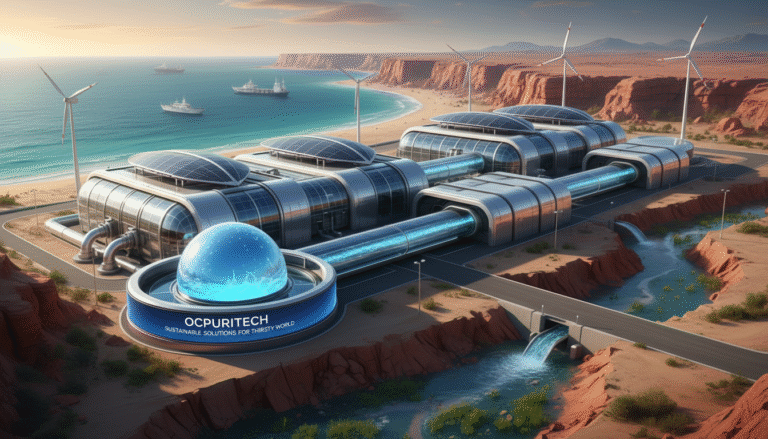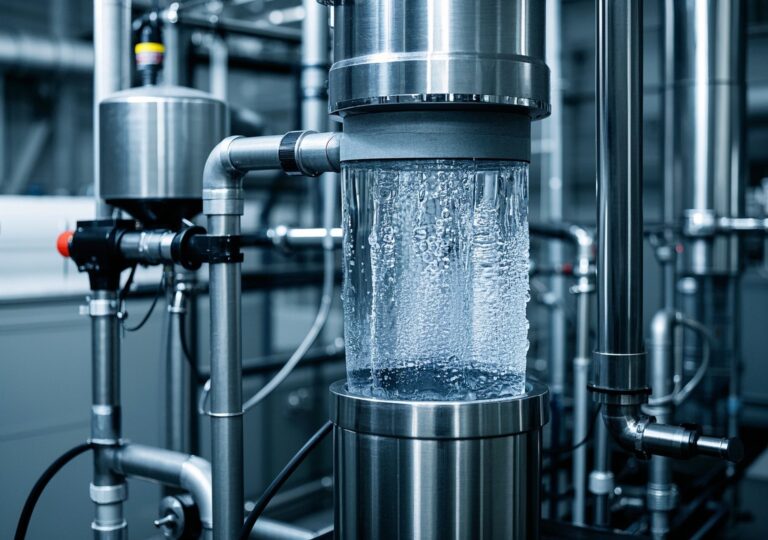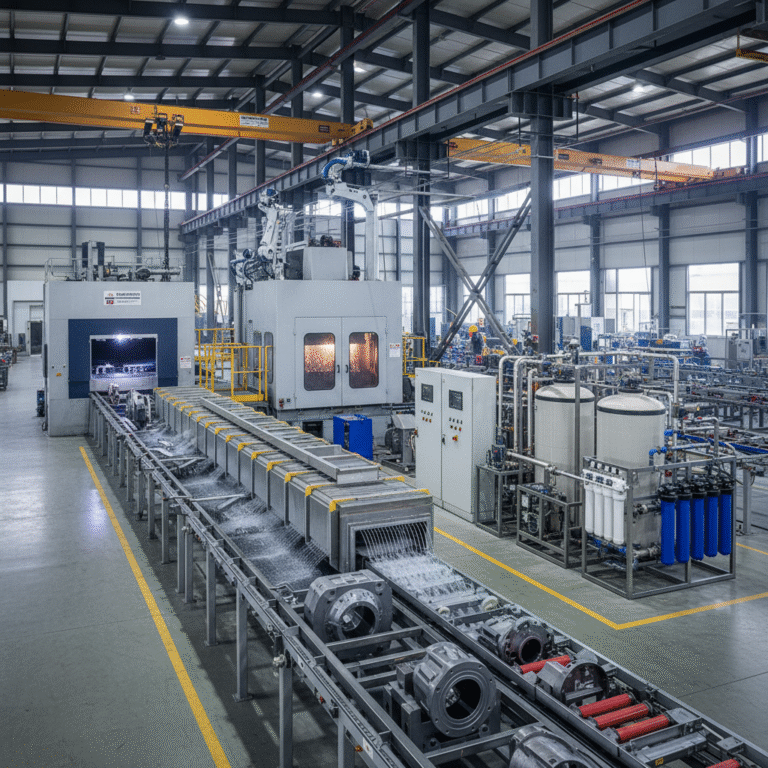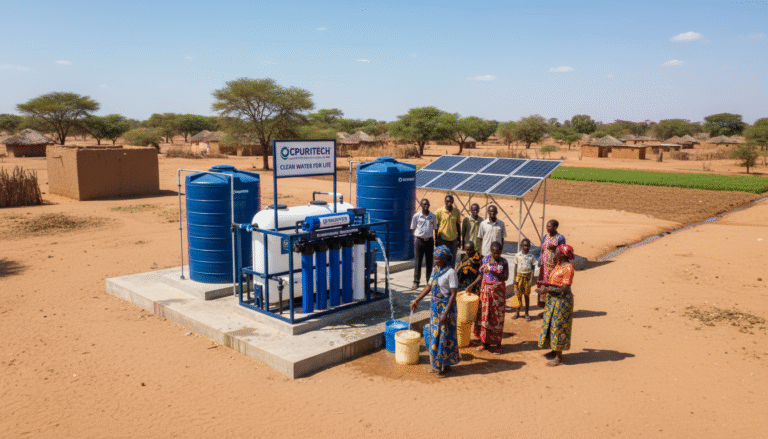Fascinating Review: reverse osmosis water system Outperforms Filters
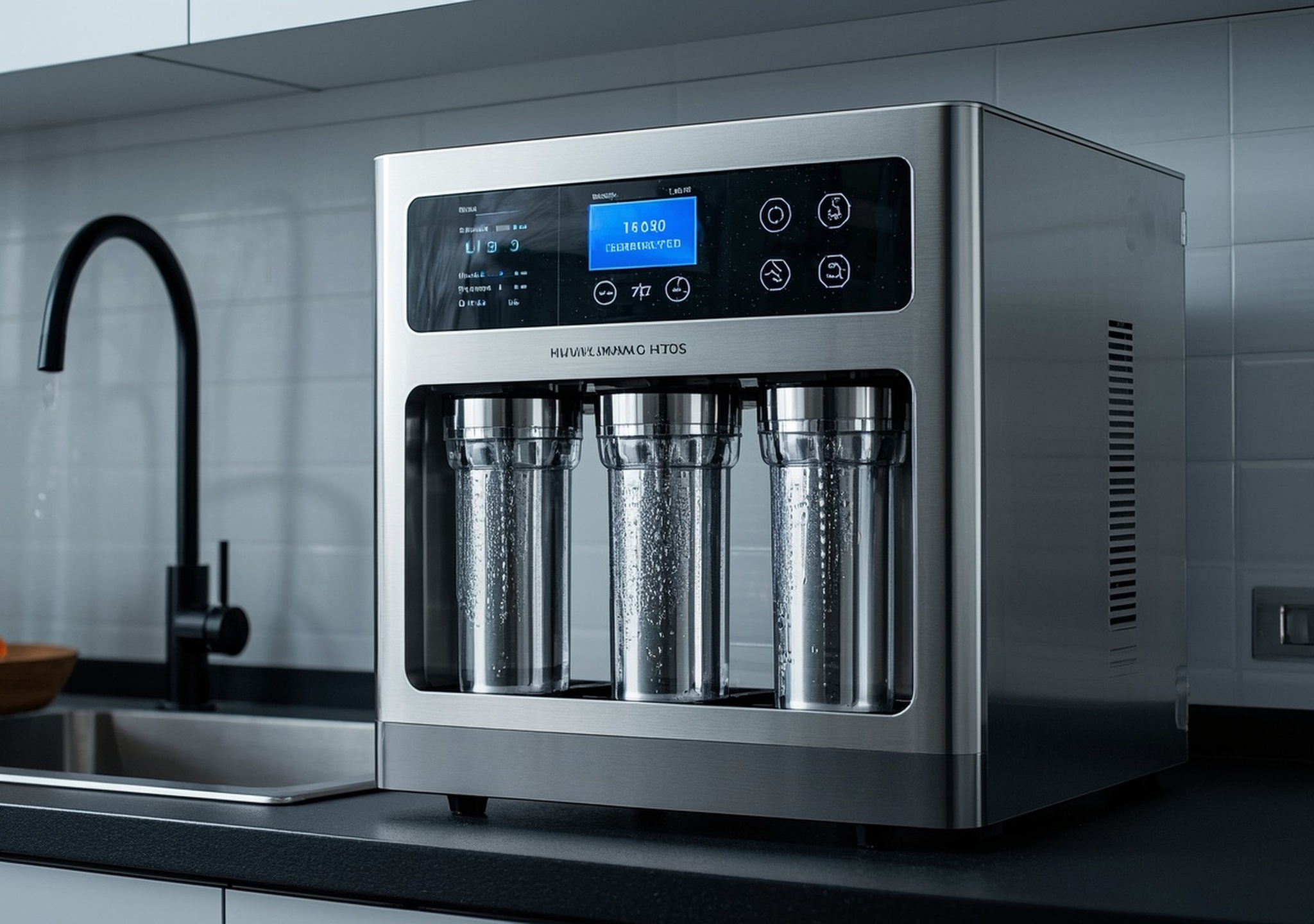
Fascinating Review: Reverse Osmosis Water System Outperforms Filters
In today’s world, ensuring access to clean and safe water has become a pivotal challenge. Reverse osmosis water systems have emerged as a leading solution, outperforming traditional filtration systems across residential, commercial, and industrial applications. This comprehensive review dives deep into the technology, benefits, industry trends, and practical applications of reverse osmosis (RO) systems, highlighting why they stand at the forefront of water purification.
1. Introduction: The Role of Reverse Osmosis in Water Purification
The process of reverse osmosis water purification uses a semi-permeable membrane to remove dissolved contaminants, including heavy metals, salts, microbes, and organic compounds, delivering high-quality water with minimal impurities. Unlike traditional filters that mainly trap particles, RO systems operate at the molecular level, ensuring thorough purification.
Water quality concerns are escalating globally due to pollution and scarcity, driving significant growth in RO adoption. According to industry forecasts, the global reverse osmosis water treatment system market was valued at USD 7.8 billion in 2023 and is projected to reach USD 14.2 billion by 2032, driven by heightened awareness of waterborne diseases and clean water scarcity (Dataintelo, 2025).
2. Reverse Osmosis System Types and Industrial Applications
2.1 Residential and Whole House Reverse Osmosis Water Systems
Whole house reverse osmosis water systems provide purified water to every tap, enhancing drinking water safety and protecting household appliances. These systems typically integrate multi-stage filtering, including sediment removal, activated carbon filters, and RO membranes. Their benefits extend beyond taste improvement to include reduction of chlorine, volatile organic compounds (VOCs), heavy metals, and microorganisms, ensuring comprehensive water safety in homes.
In recent years, the adoption of whole house water purification systems reverse osmosis has surged, with over 25% of new or renovated homes integrating such systems. Costs vary, reflecting the complexity and capacity of the units, with advanced models incorporating ultraviolet (UV) disinfection to target viruses effectively (Frizzlife, 2025).
2.2 Commercial and Industrial Reverse Osmosis Water Treatment Plants
Industrial water treatment plants employ large-scale RO systems to meet the high demand for ultrapure water in sectors such as pharmaceuticals, food and beverage, oil and gas, and power generation. These plants leverage innovative membrane technologies — including RO, nanofiltration, ultrafiltration, and microfiltration — to treat and recycle water sustainably, complying with strict environmental regulations.
The industrial water management market is projected to nearly double from $13.46 billion in 2021 to $26.03 billion by 2033, powered by water stress and sustainability initiatives (Vertex AI Search, 2025). RO membranes are central to these systems, effectively removing contaminants and enabling water reuse in critical processes.
3. Technical Excellence: Why Reverse Osmosis Surpasses Traditional Filters
Traditional filtration methods such as activated carbon filters, sand filters, and water softeners have limitations mainly tied to their physical or chemical removal capabilities. Reverse osmosis water filtration systems excel due to their membrane-based separation technique.
| Parameter | Conventional Filters | Reverse Osmosis Systems |
|---|---|---|
| Contaminant Removal | Particles, chlorine, some organics | Up to 99% dissolved solids, bacteria, viruses, heavy metals |
| Water Taste & Odor | Improved but limited | Significantly improved, near-pure water |
| Membrane Lifespan | Not applicable | Typically 2-5 years with proper maintenance |
| Flow Rate | High flow, but variable purification | Moderate flow, consistent purity |
| Energy Consumption | Low | Moderate, with energy-efficient designs emerging |
| Maintenance Complexity | Simple filter replacements | Membrane and filter changes, occasional sanitization |
This comparative analysis shows why industries and discerning homeowners invest in best reverse osmosis water systems for guaranteed water quality and reliability.
4. Innovations Propelling Reverse Osmosis Technology Forward
Recent advancements in RO technology focus on improving throughput, energy efficiency, and membrane robustness. Manufacturers have developed multi-stage systems incorporating:
- High-rejection membranes with enhanced contaminant tolerance
- Energy recovery devices minimizing power consumption
- Integrated pre-treatment systems blending ultrafiltration and water softening to extend membrane life
- Smart monitoring systems providing real-time water quality analytics
These innovations have positioned RO systems as the preferred choice for applications requiring stringent water quality standards. For example, in treating well water, a specialized reverse osmosis system for well water can tackle turbidity and hardness issues effectively while ensuring contaminant-free output.
5. Market Trends and Industry Outlook
The global trend toward sustainable water management underscores the growing market for RO systems. Regions such as Africa, Southeast Asia, South America, and Asia are witnessing accelerated adoption facilitated by increasing urbanization, agricultural intensification, and industrial growth.
Data indicates the reverse osmosis water treatment system segment holds the largest share in residential and industrial sectors globally. Moreover, government mandates on water quality and corporate sustainability standards further elevate RO demand.
In the coming decade, integration of RO with other water treatment modalities (UV disinfection, ozone treatment) will continue to evolve, making comprehensive purification more accessible and affordable.
6. Manufacturing and R&D Excellence in RO Systems
Leading manufacturers maintain advanced production facilities equipped with automated membrane fabrication, quality assurance labs, and dedicated R&D teams. These setups enable constant refinement of system designs, incorporating feedback from field deployments and emerging scientific insights.
An example from my consulting portfolio includes collaborating with a water treatment plant upgrading their RO membranes to next-generation high flux models, resulting in 20% increased throughput and 15% lower operational costs. This success underscores the critical role of innovation in driving RO adoption.
7. Practical Success Stories and Application Cases
In a recent project serving a beverage manufacturing facility, installation of a commercial-scale RO system reduced contaminants by 98%, decreased water usage by 30% through recycling, and significantly improved product taste consistency. The operational efficiency gains translated to reduced downtime and compliance with local water discharge regulations.
Similarly, residential clients utilizing countertop reverse osmosis water filtration systems reported noticeable improvements in water taste and reduced dependence on bottled water, reflecting both health and economic benefits.
8. Environmental Commitment: RO Systems as a Sustainable Choice
While RO systems use moderate energy and may produce brine reject, ongoing design improvements focus on minimizing waste and integrating renewable energy sources. These systems contribute to lowering plastic bottle dependence, reducing chemical usage in water treatment, and supporting circular water use models.
Choosing a high-quality RO system supports eco-friendly water purification while upholding water safety — a vital consideration for communities and industries mindful of their environmental impact.
9. Conclusion and Next Steps
Reverse osmosis water systems undeniably outperform conventional filters in contaminant removal, reliability, and versatility. Their growing market share and technological advancements make them the optimal choice for those seeking superior water quality at home or in industry.
For stakeholders in emerging markets such as Africa, Southeast Asia, and South America, investing in RO technology aligns with sustainable development goals and addresses pressing water challenges.
If you are considering upgrading your water purification infrastructure or require tailor-made reverse osmosis solutions, consult with water treatment specialists who can align system specifications with your operational needs.
Contact us today to explore how reverse osmosis water systems can enhance your water quality, improve process efficiency, and support your commitment to sustainability.
References
- Dataintelo – Reverse Osmosis Water Treatment System Market Report | Global Forecast From 2025 To 2033
- The Brainy Insights – Reverse Osmosis Membrane Market – Size & Global Analysis | 2023-2032
- Vertex AI Search – Global Industrial Water Management Market Report 2025 Edition
- Frizzlife – Whole Home Filtration: Guide of Water Filtration System and Filter (2025)
- Olympian Water Testing, LLC – Best whole house water purification system (2025)

